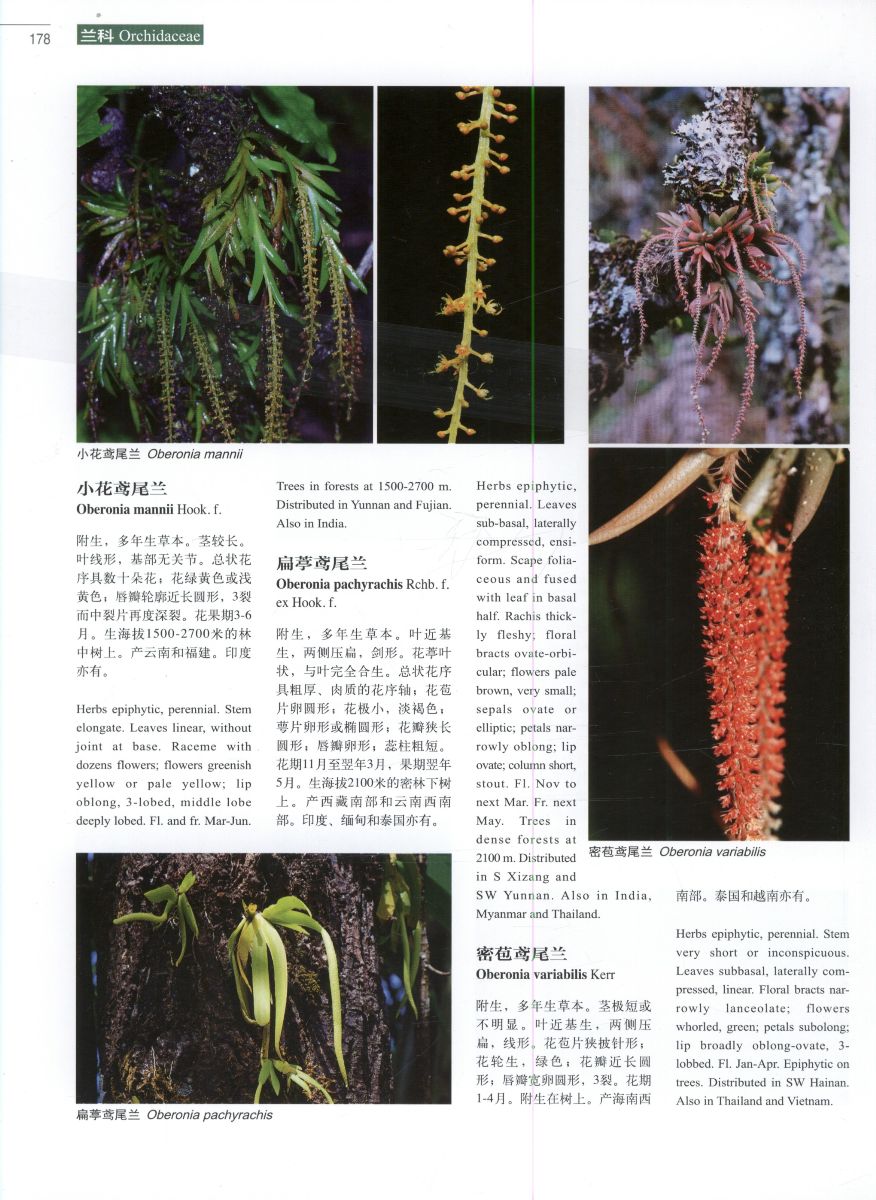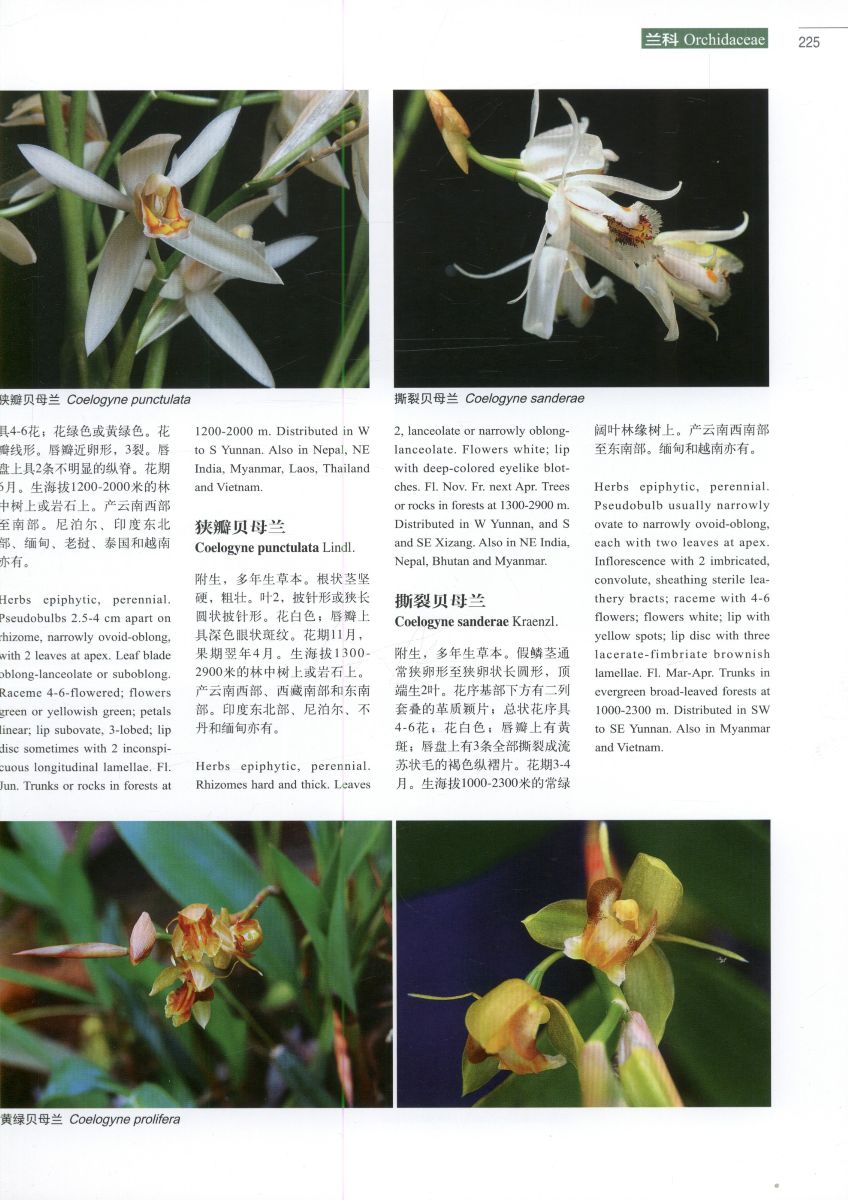- Description
- Contents
- Details
- Review
- The
author
This set of pictorial books contains nearly 20 thousand photographs, presenting the cream of wild higher plants and important cultivated plants in China, the species of which number more than 10 thousand. Each of the species is concisely introduced in both Chinese and English from such aspcts as Chinese name, Latin name, morphological features, flowering and fruiting season, habitalt and distribution. Divided into nine volumes, this work includes 100 bryophyte families, 40 pteridophyte families, 11 gymnosperm families and 232 angiosperm families, 383 families altogether; the inclusion of all the said families is complete except for the bryophytes. The set of pictorial books is another monumental work on plant taxonomy, after Iconographia Cormophytorum Sinicorum, Flora Reipublicae Popularis Sinicae, and Flora of China.
In order to present the diversity of China's plants systematically,botanists from China have made pain-taking efforts to compile a series of large-volume floras including Iconograophia Cormophytorum Sinicorum, Flora Reipublicae Popularis Sinicae (Chinese version) by themselves, and Flora of China (English version) with the collaboration of international specialists. These books are well known both in China and abroad and have been used extensively for studying Chinese plants and plants from adjacent areas.These works present the results of plants taxonomic study and study of plant resources in China at different periods, and constitute some of the most important large classic volumes in the field of plant taxonomy.
However, in all these works the plants are only partly illustrated by black and white line-drawings, unable to present the texture and color of flowers and leaves fully in their natural state, and they hardly reveal the spectacular beauty and fascination of the wealth of plant species.
This work is intended for scientific researchers and administrators in the field of botany and also for botany enthusiasts. As well as for reading, the work can be a classic collection.
 
Taccaceae
Dioscoreaceae
Iridaceae
Musaceae
Zingiberaceae
Cannaceae
Marantaceae
Burmanniaceae
Orchidaceae
No Contents
No Contents
|